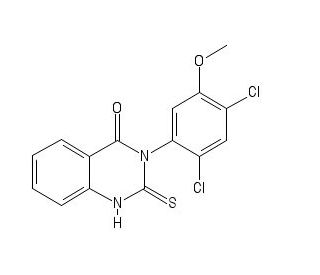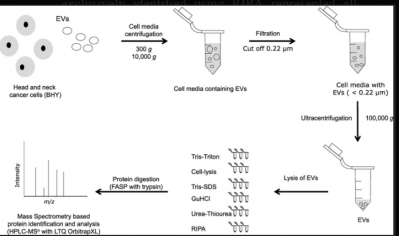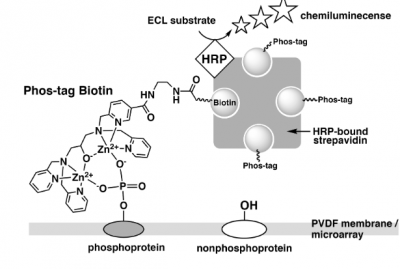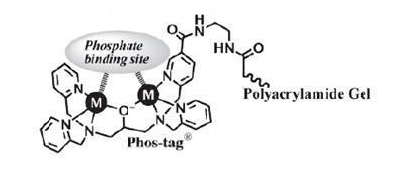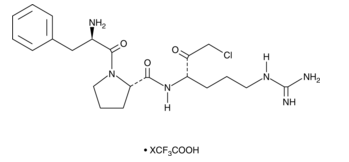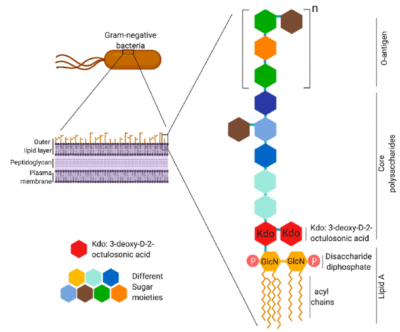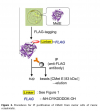Mdivi 1
Mitochondrial division inhibitor-1 (Mdivi-1) ( mol.weight : 353.22, empirical formula: C15H10Cl2N2O2S) is a small chemical inhibitor of mitochondrial division dynamin, which plays multiple roles in mitochondrial dynamics, mitochondrial autophagy, ATP production, the immune response, and Ca²⁺ homeostasis.
RIPA Lysis Buffer (Strong)
RIPA Lysis Buffer is a traditional rapid lysis buffer for cellular tissues. It is a lysis and washing buffer that is used in reporter gene detection, protein kinase experiments, immunoassays, and protein purification.
BODIPY 493/503
BODIPY 493/503 (4,4-Difluoro-1,3,5,7,8-Pentamethyl-4-Bora-3a,4a-Diaza-SIndacene) usually employed for the quantification of neutral lipid content by utilizing flow cytometry and for the observation of lipid droplets by microscopy, is a fluorescent and a neutral lipid.
12-o-tetradecanoylphorbol-13-acetate (TPA, PMA)
Within the field of normal disquisition, certain mixes play a critical portion in unleashing the bigwig data of cellular forms and understanding complex common fabrics. Chemical mixes have continuously charmed experimenters with their one of a kind packages and empirical operations.
Cycloheximide
Produced by the bacterium Streptomyces griseus, Cycloheximide is a glutarimide antibiotic, occupying a unique space in the scientific tool box due to its antifungal properties and potential role in the inhibition of protein synthesis.
Phos-tag biotin BTL-104
A monobiotinylated Phos-tag derivative called BTL-104 is used to identify phosphopeptides and phosphoproteins. When the ligand molecule and biotin combine to form a functional conjugate (Phos-tag Biotin BTL-104), phosphorylated analytes on a PVDF membrane can be seen, making Phos-tagTM a potent tool.
Phos-tag Acrylamide
A useful chemical called Phos-tagTM is capable of capturing phosphorylated His/Asp/Lys and Ser/Thr/Tyr. It is a synthetic chemical molecule that was created using the catalytic domain of alkaline phosphatase as a model. Phos-tagged proteins can be separated, detected, analyzed using mass spectrometry, and purified using a range of procedures that use Phos-tagTM. An innovative and useful method for the enrichment and analysis of phosphorylated proteins is offered by phospho-tag acrylamide,
Lipopolysaccarides
LPS from members of the Enterobacteriaceae family has undergone structural analysis,
Cefiderocol (S-649266)
Cefiderocol is an antibiotic that is prescribed to treat severe urinary tract infections when no other treatment alternatives are available. It is marketed under the trade name Fetroja among others.




